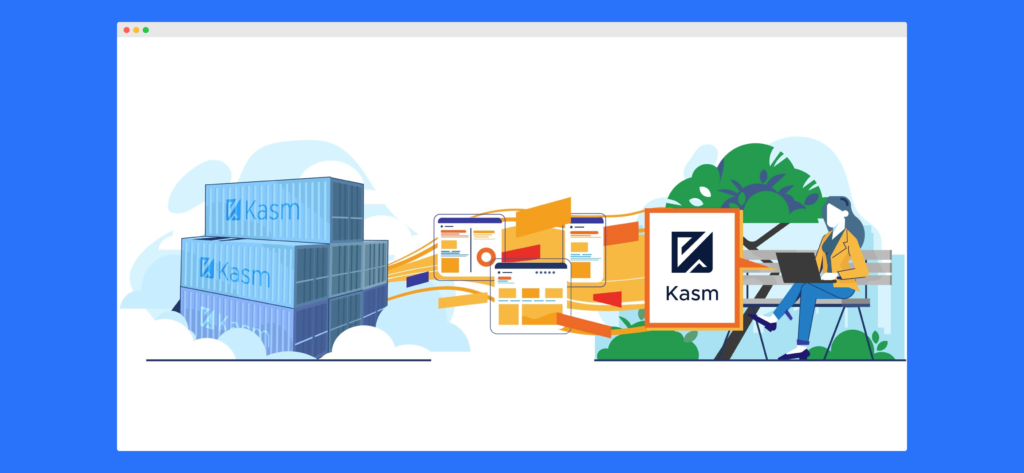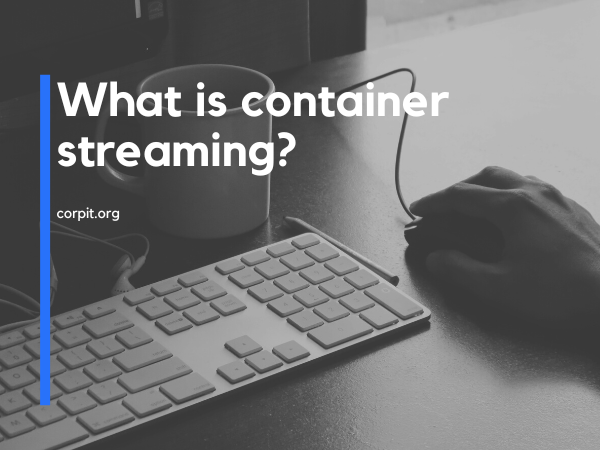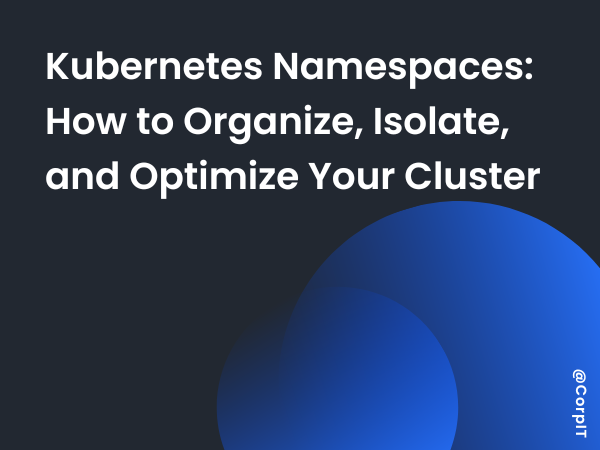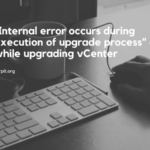Container streaming is a technology that allows users to stream applications and services in the form of containers over the internet. Containers are a type of software that package an application and its dependencies into a single, portable unit, making it easy to run the application on any compatible platform.

There are several benefits to using container streaming:
- Portability: Container streaming allows users to access and use applications and services from any device with an internet connection. This can be particularly useful for businesses that need to provide their employees with access to applications and services from a variety of devices, including laptops, tablets, and smartphones.
- Scalability: Container streaming allows users to easily scale up or down their use of applications and services as needed. This can be particularly useful for businesses that experience fluctuating demand for their applications and services, as it allows them to respond to changes in demand in real-time.
- Security: Container streaming can provide an additional layer of security, allowing users to run applications and services in a secure, isolated environment. This can help to prevent interference or interference with the host system, and can also help to protect against cyber threats.
- Cost-effectiveness: Container streaming can be more cost-effective than traditional methods of delivering applications and services, as it allows users to pay only for the resources they use. This can be particularly useful for businesses that need to minimize costs, or that experience fluctuating demand for their applications and services.
To use container streaming, users typically need to sign up for a container streaming service and install the service’s client software on their devices. They can then log in to the service and access their containers from any device with an internet connection.
Overall, container streaming is a useful technology that allows users to stream applications and services in the form of containers over the internet. It offers a number of benefits, including portability, scalability, security, and cost-effectiveness, making it a popular choice for businesses and individuals alike.
Table of Contents









